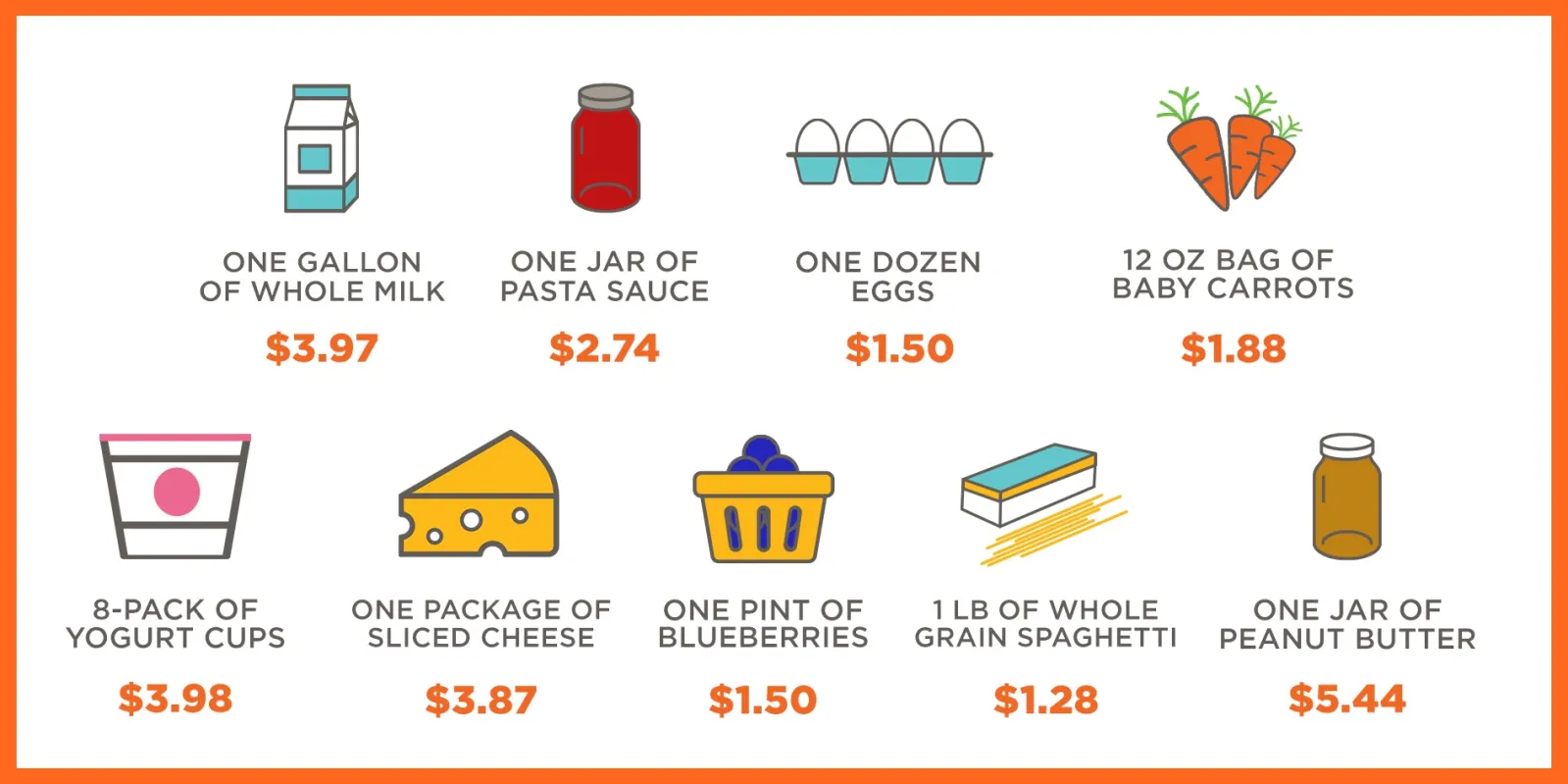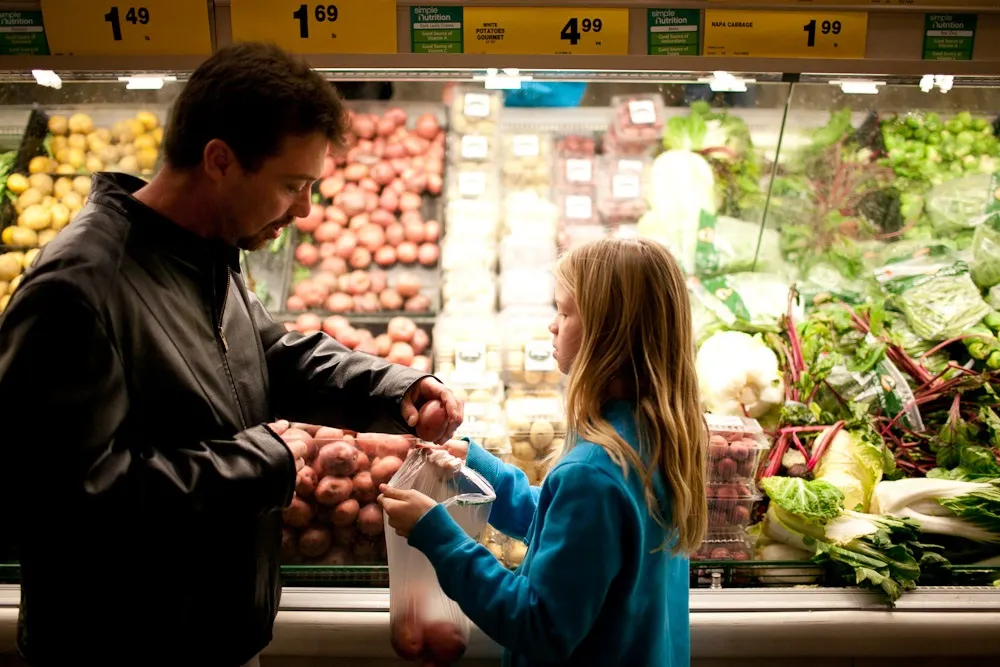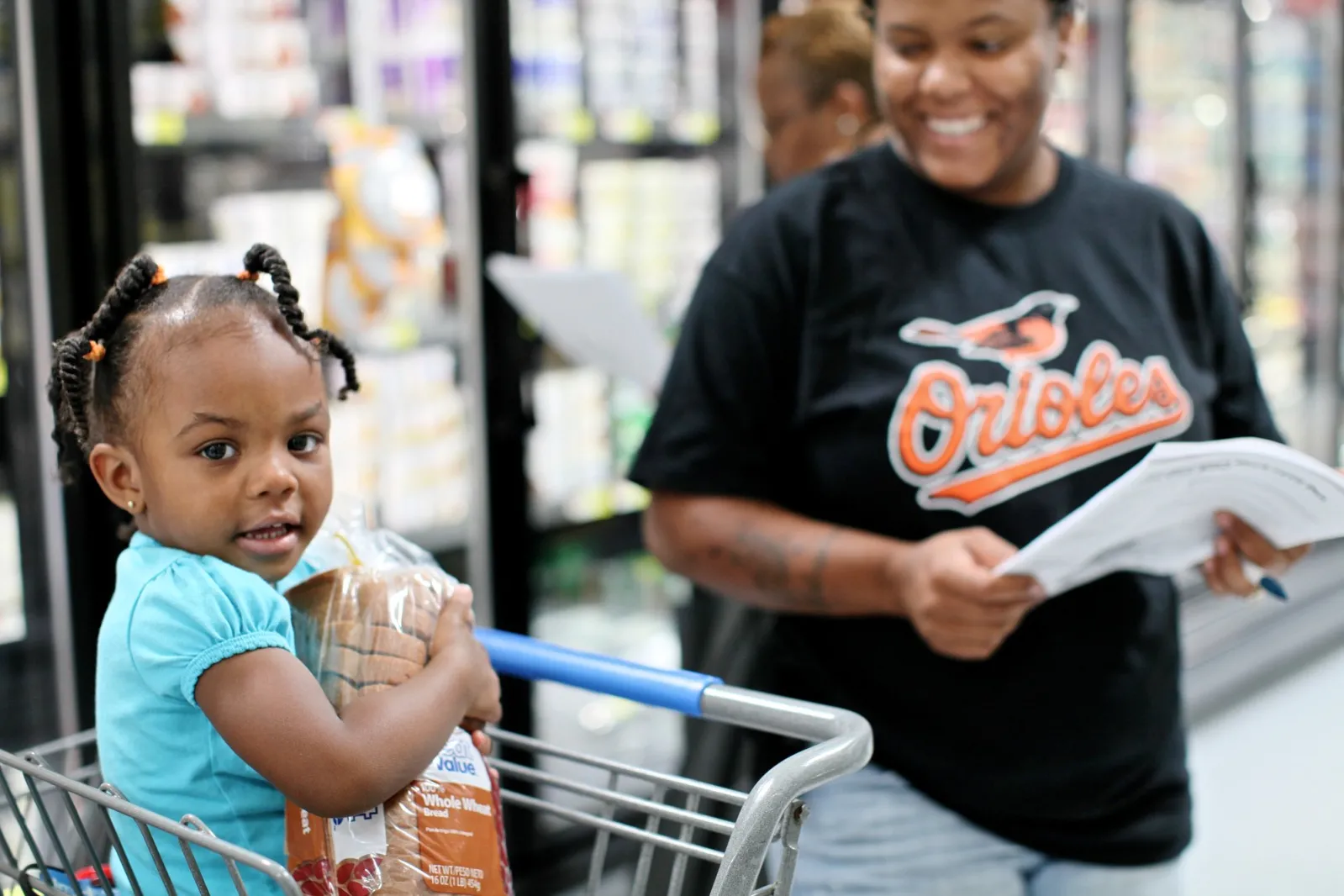The pandemic has thrown millions of families into hardship, and today an alarming number of kids - estimates show as many as 1 in 4 - are facing hunger.
The latest COVID relief package, which Congress passed in December, included a temporary increase to the SNAP program, which will help millions of Americans facing extreme hardship. Here’s what you need to know about the COVID relief bill and food assistance from No Kid Hungry Senior Vice President Lisa Davis.

Q: Lisa, I know No Kid Hungry has been on the frontlines, urging Congress to provide relief to families facing economic strain because of the pandemic. How does the relief bill help people struggling with hunger?
The relief bill, or stimulus package, which passed into law over the holidays, will be very helpful for struggling families. It contains many important measures, but of particular importance to our work, it strengthens the Supplemental Nutrition Assistance Program (SNAP) by providing a temporary 15% increase to SNAP benefits for all recipients from January 2021 to June 2021. This provides about $25 more per person each month for groceries and this boost in benefits will help more families purchase more of the food they need, when they need it.
The bill also strengthens SNAP in a few other important ways:
- It helps the program reach many young adults in college by providing low-income students access to SNAP if they are enrolled at least half-time and are either eligible for federal work study or have an expected family contribution of $0 due to economic hardship;
- It provides $5 million to support expanding online SNAP, so families can safely purchase groceries for pickup or delivery;
- And it provides funding to help states administer the program so it can reach the people who need it.
Q: Could you explain the role SNAP plays in the lives of American families during a crisis like this pandemic?

This pandemic is an economic crisis on top of a health crisis. Millions of families are facing unemployment, evictions, hardship and hunger. SNAP helps families buy more of the food they need when money is very tight. In a time when many parents are crushed by stress and worry, it helps lift one piece of the burden and provide peace of mind through a bag of groceries.
Research also reinforces the short and long term impacts having enough food (or not enough food) has on a child’s health and education. SNAP helps ensure that children in families facing hardship get the nutrition they need to grow up healthy and strong.
And it helps rebuild our economy. An added impact of SNAP is that benefits are used immediately and spent at local grocery stores and markets. This helps employees keep their jobs and supports local economic activity in communities across the nation. It becomes a cycle of success; stronger economies create jobs and opportunity, which then helps more families get back on their feet.
Q: How can people apply for SNAP?
This state directory from USDA is a good place to start; simply click on the map to get information on how and where to apply in your state. The application process is different for each state, and the relief bill doesn’t change how people apply.
States have a great deal of flexibility in how they administer SNAP and the application processes vary from state to state. Many states, though not all, allow applicants to apply online. Some states, though not all, provide application information in multiple languages. Some have long application forms; others have shortened them, making them easier to navigate.

Q: Once you qualify for SNAP, how do you receive your benefit and where can you use them?
SNAP benefits will be added to existing Electronic Benefit Transfer cards (or EBT cards). If you’re new to enroll, an EBT card will be issued to you. People can use this benefit at SNAP certified grocery stores, farmers markets and corner shops. And, thanks to rapid expansion of a small pilot program in the wake of COVID, most states also allow for online grocery programs.
Q: Finally, do the new rules impact the way these benefits are calculated?
Typically SNAP benefits are based on a formula that considers family income levels. Many of the families on SNAP are also working at low-paying jobs, and families with small incomes receive smaller benefits than families with no incomes. For example, pre-COVID, about 60% of SNAP households received less than the maximum benefit.
Since March, to combat the economic crisis, states have been able to provide families with emergency benefits up to the maximum level for a household of their size. For example, the maximum monthly benefit for a family of four before the 15% boost, is $680, or $1.88 per person per meal.

We commend Congress for reaching an agreement on this relief package. Strengthening SNAP is a critical way to help hungry kids and families struggling through this pandemic.
Alone, it’s obviously not enough. But working together with other programs like school meals, Pandemic-EBT and WIC and charitable food assistance, it will help to close the gap between kids who have enough to eat each day and those who do not.


